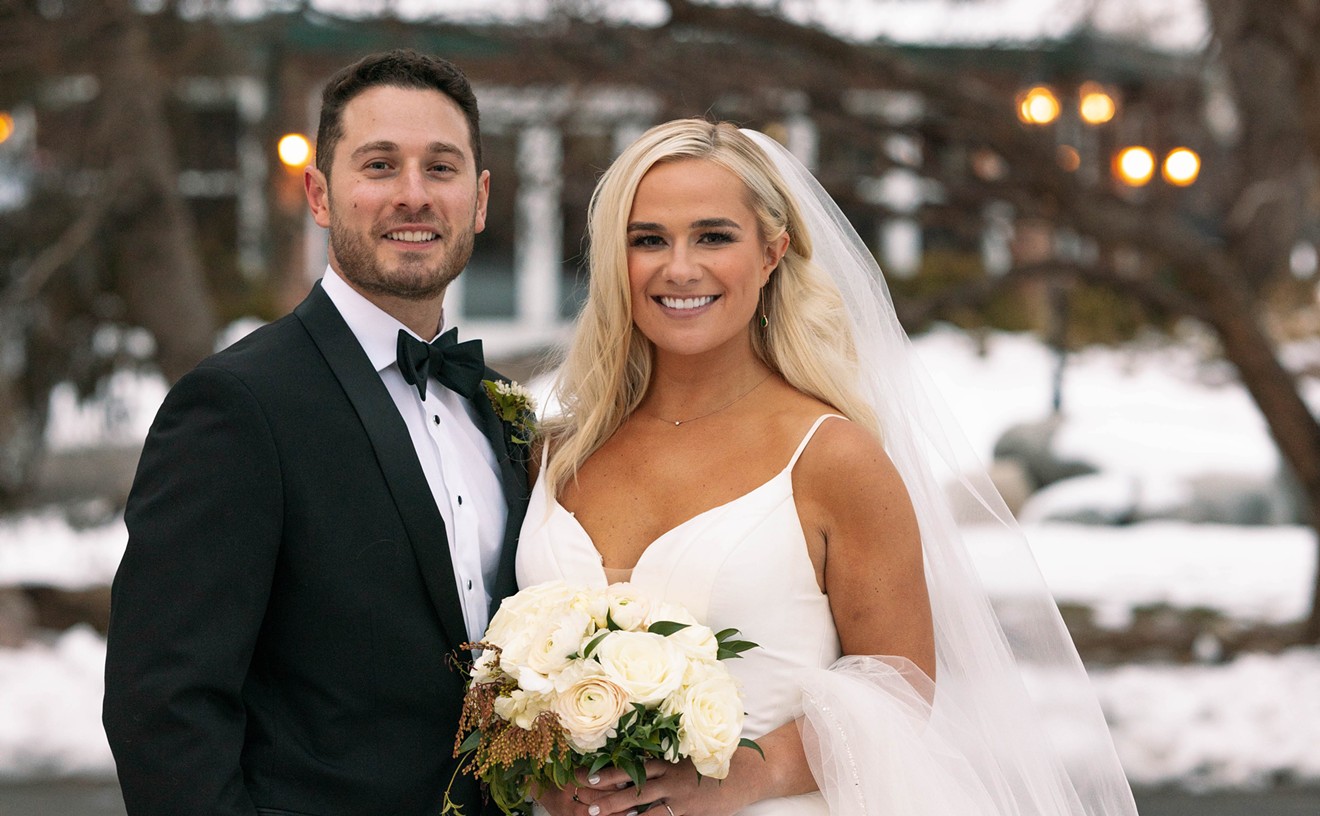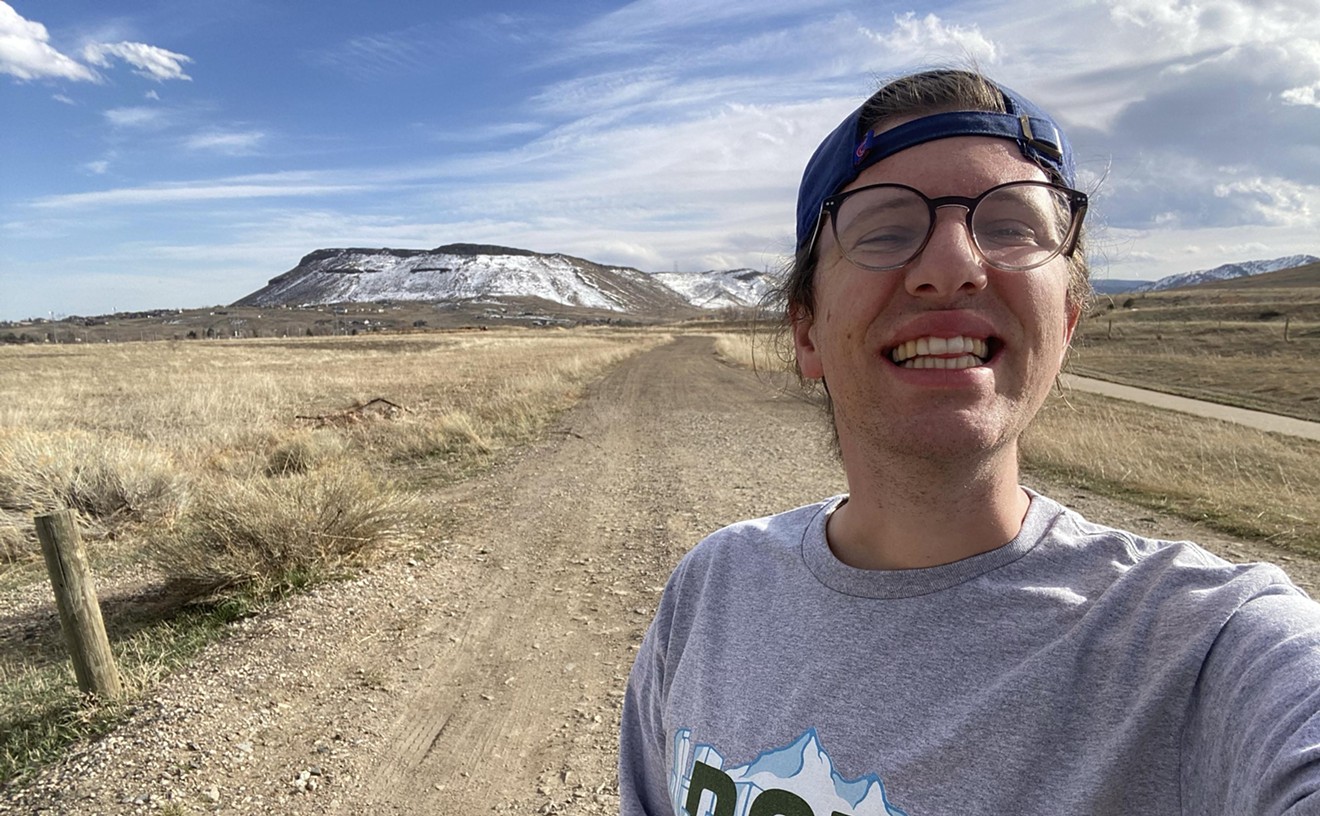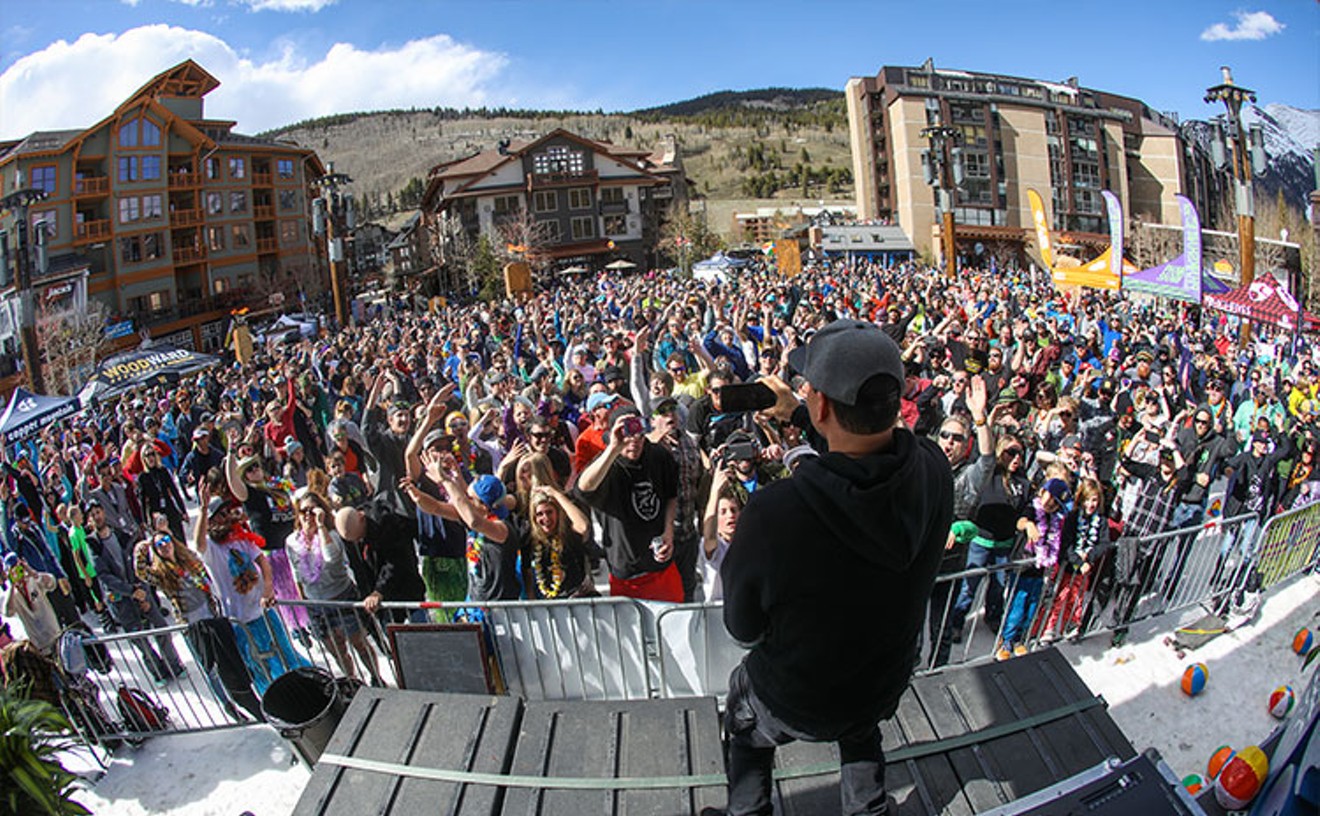The setting for The 1940's Radio Hour is the Algonquin Room at the Hotel Astor in New York, where WOV radio (the V stands for Victory) is about to go on the air. In these days before social media and effortless continual connection, the excitement of radio is intense. WOV may be a funky outfit whose members make their living waiting tables or driving cabs, but these folks know that they're reaching thousands of people and representing comfort and home to America's soldiers overseas. On the other hand — except for the anxiety-ridden station manager, Feddington, who's continually bellowing commands that no one pays any attention to — they're also immersed in their own lives, and pretty casual about their duties. Gum-chewing Ginger has an ongoing flirtation with sound-effects man Lou; perky, soda-chugging Connie is involved with Yalie B.J. Gibson; Wally, who delivers the coffee, longs for a role with the show; Biff, who will leave for combat in the morning, expects to be back for the 1943 Christmas special, since the war will surely be over by then; Geneva is a sultry soul singer. Ann is a secretary by day, a sultry Peggy Lee-type vocalist at night, and she's involved with the star, Johnny Cantone, a man with a dark, gorgeous voice and a serious drinking problem. Funnyman Neal hopes for the top spot — or at least his own ballads to sing — once Johnny's drinking problem finally takes him out of contention. And seated quietly in his corner, flipping through magazines and running bets sotto voce on the phone, is stage-door keeper Pops.
You don't get all this information at once, and there's no standard plot. The biographies emerge in bits and pieces — stated outright or hinted at — as part of a rambling pastiche of comedy bits, genuine commercials from the era for Pepsi, Chiquita bananas, Sal Hepatica laxative and Eskimo Pies, and wonderful old songs that simply can't help evoking nostalgia: "That Old Black Magic," "Ain't She Sweet?," "Blue Moon," "You Go to My Head," "I'll Be Seeing You."
The show starts before it actually begins, on an un-illuminated stage with Pops in his corner, Lou setting up, other performers casually entering, strolling across the stage, conversing. This naturalistic, low-key opening is somewhat at odds with the style that director Bev Newcomb-Madden has chosen for the rest of the production, which is hammy, twitchy, glittery and, above all, extremely loud. The characters — admittedly only sketched in by the script — get lost in all the hustle. Watching, I couldn't figure out why Ginger kept heading for the toilet — did she have a weak bladder or a drug problem? — until I remembered from a previous production that she was sneaking off to canoodle with Lou. I'd like to have cared about poor Johnny's deluded belief in Hollywood stardom — David Bryant Johnson, playing Johnny, is movie-star handsome and sings like an angel — but I never could focus on him long enough to absorb what he was doing or saying. There's a trick to structuring a seemingly unstructured scene, drawing the audience's attention to the precise thing you want noticed at the precise time, but precision is exactly what this show lacks. All the jokes get punched until they give up and go limp; the characterizations are indicated rather than felt. And it's hard to appreciate the wonderful songs with the on-stage orchestra constantly threatening to drown out the singers and failing only because the mikes are at a headache-inducing level.
The 1940's Radio Hour presents interesting problems for a set designer, requiring several playing spaces that have to be differentiated yet also cohere. Brian Mallgrave achieves all this — along with flashing "Applause" signs and an area for the large band — to cunning and festive effect. There's also a lot of serious singing talent on the stage. In addition to Johnson, we get Gayle Turner, as Geneva, doing a lovely rendition of "I Got It Bad," and Lauren Shealy's melodious "Have Yourself a Merry Christmas." Shannan Steele, who plays Ginger, is always a standout, both physically and vocally, and it was a pleasure to rest my eyes on Bill Berry's cynical old Pops when all the frenzied goings-on became too much.











